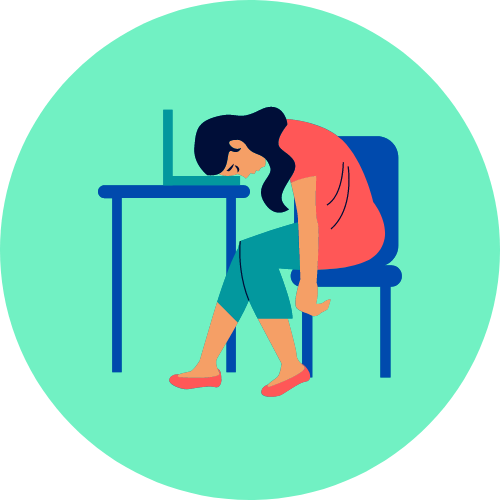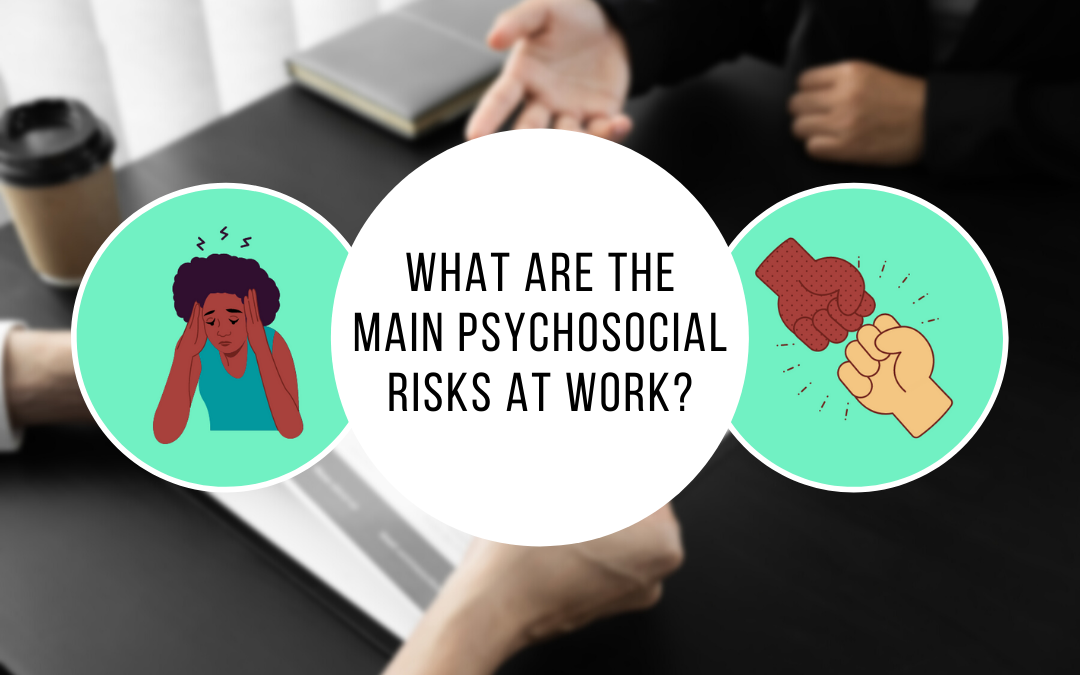In the professional world, psychosocial risks are numerous. They affect all sectors of activity and spare no socio-professional category. In some cases, we talk about mental workload at work. Several factors explain the emergence of these psychosocial risks, which can have harmful consequences on the physical and mental health of employees. The Ministry of Labor and the National Institute for Research and Safety (INRS) are working together to promote prevention and raise awareness among employers before situations become dramatic. Every employer must therefore be aware of the various psychosocial risks that may arise in the workplace. In addition to threatening the physical and mental integrity of employees, they also slow down the company’s productivity.
Stress, the main symptom of psychosocial risks at work
Stress is the most common psychosocial risk in the workplace. It occurs when the employee feels that he or she cannot meet the demands of his or her superiors or that he or she does not have enough resources to handle the workload.
It is difficult to accurately assess how many workers are regularly exposed to stress. The INRS suggests that nearly one in two employees feels that they do not have enough time to perform the tasks required of them. Lack of time and autonomy is one of the main factors that can explain the appearance of stress in an employee or in a work team. When stress becomes chronic, it can be physically and mentally devastating.
The consequences of stress can manifest themselves in different forms, depending on the employee’s personality. By affecting the quality of sleep, it almost always generates intense and chronic fatigue in the worker. In the company, this can result in repeated absences, or even a tendency to absenteeism.
It also has a strong impact on a person’s ability to concentrate. Over time, they may become less productive and more exposed to the risk of accidents in the workplace. His or her overall level of satisfaction with the job may drop drastically.
Finally, like other PSRs, stress can cloud a person’s emotions and lead to burn-out or depression.


Internal and external violence that undermines employee morale
The INRS and the Ministry of Labour distinguish two types of violence in psychosocial risks at work. The first is internal violence. It is exercised within the company itself, between employees or through superiors and managers. Several situations can be considered as internal violence within the company: major or repeated conflicts, moral or sexual harassment, pressure and inappropriate behavior.
Preventing internal violence is difficult because co-workers sometimes tend to protect each other. In all cases, employees experiencing internal violence acknowledge intense emotional disturbances. Most of them will work with a “gut feeling”.
The other type of violence recognized by the INRS is external violence. It refers to all violence against employees by people outside the company. For example, a waitress who is harassed by her customers, a deliveryman who is regularly insulted, or a craftsman who is threatened on the spot. External violence is an easier PSR to detect than internal violence, but it is more difficult to combat.
Indeed, management teams have only a limited scope of action when dealing with people who are outside the company. The prevention of external violence is therefore a major issue in the fight for employee development and well-being at work.
A tool to reduce mental workload at work?
Burnout, an increasingly common phenomenon
The last of the psychosocial risks RPS at work is burnout. It is, in short, the last step for an employee who has been subjected to stress and violence in the workplace for too long. After a while, he is no longer in control of his emotions, and he takes more and more absences and sick leaves because he no longer feels like coming to work.
Many people manifest their burnout by going into burnout or depression. By dint of internalizing too much emotion, working under pressure and not getting enough rest, the worker ends up being overwhelmed. The generalized increase in the pace of work inevitably leads to burnout.
So how do we get out of the vicious circle and find solutions to mental workload at work that work for everyone, employees, employers and managers alike? It is important that employees can thrive by experiencing satisfaction while doing their jobs, but also that productivity within the company remains important.
In order to successfully combat stress, violence and burnout, management teams must be gentle with their employees. They must trust them, let them work independently, not put too much pressure on them and protect their rest time. In return, employees will naturally be more efficient and productive in their daily work.

